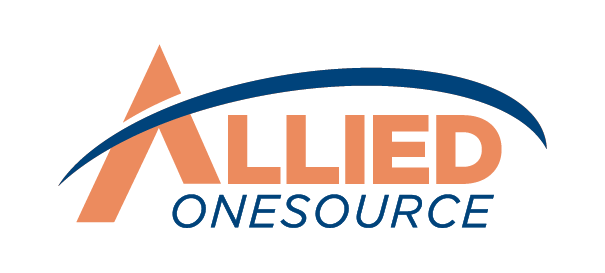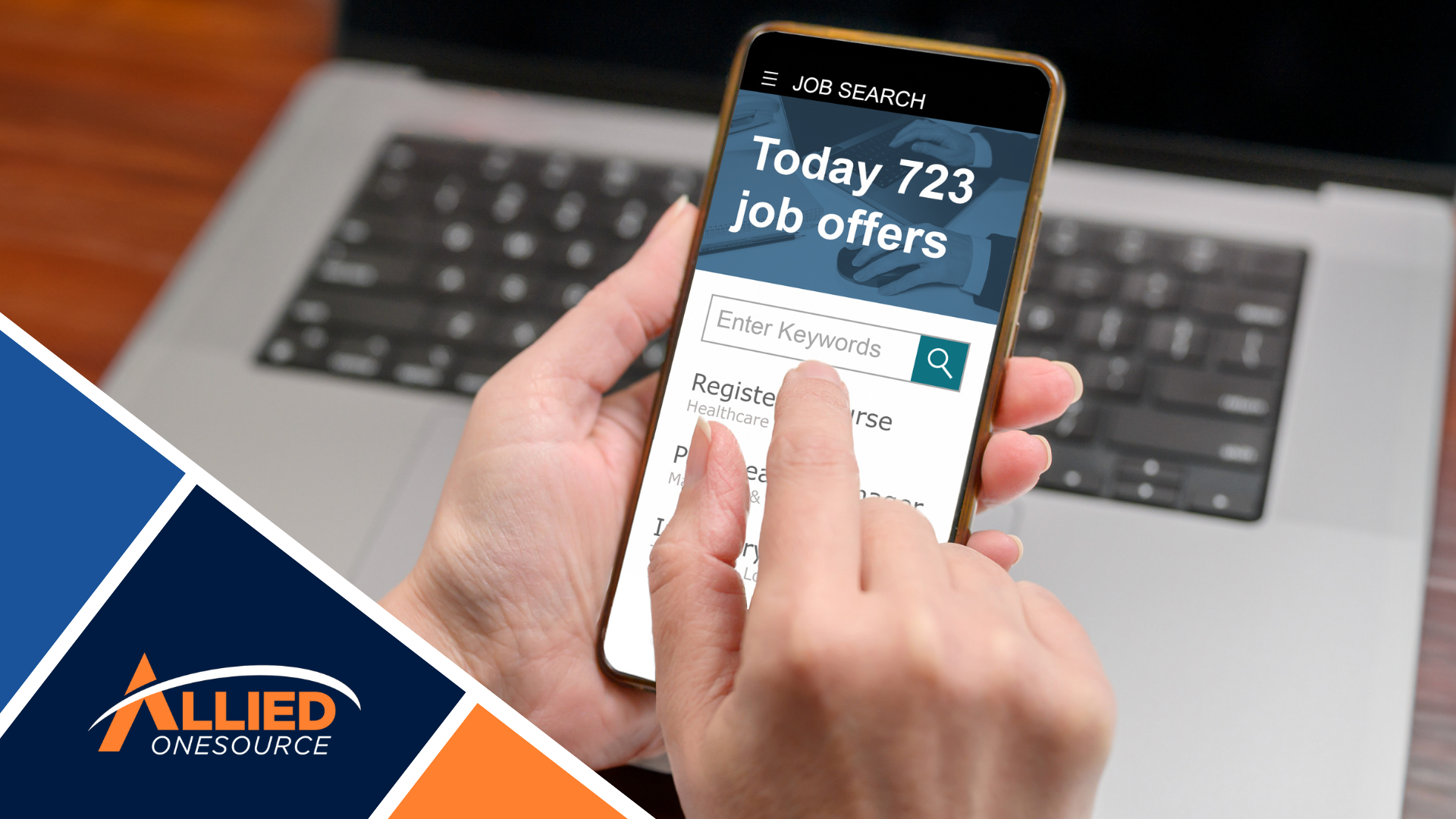Employee Onboarding Guide: 8 Best Practices for an Outstanding Employee Experience
Onboarding your new employees can be a challenging task, considering how crucial it is to the productivity and engagement of your new hires. It sets the foundation for the quality of experiences they can gain in your organization.
That’s why it’s important to create a comprehensive onboarding process. This ensures a positive employee experience right off the bat.
Designing Your Employee Onboarding Program
Although exerting effort to curate your employee onboarding effectively will likely be time-consuming and expensive initially, it is worth it considering all the benefits it can bring.
The Society of Human Resources estimates the average cost per hire at nearly $4,700 for a typical role and $28,000 for an executive hire.¹ But, this amount would quickly be wasted if the employee doesn’t stay long because of poor onboarding. So, to create a successful employee onboarding process that maximizes employee engagement and retention, follow the eight steps detailed below.
1. Establish a Clear Timeline
Creating an onboarding program should always start with a good onboarding plan. This could be drafted with a clear timeline and dates before or during the waiting period for resumption.
First, choose a start date. Remember that your employees need time to adjust to their work and environment. Considering this, avoid choosing a date that will force them to navigate their responsibilities without guidance. For example, don't pick a date when the office is buzzing to meet deadlines.
Second, clearly state the program's final date. Although the length of an onboarding process can change based on the job, it’s still necessary to plot the end of the timeline. This will help your new employees and their team members manage their expectations and responsibilities, especially if they are performing additional tasks related to the program.
Finally, plot dates for scheduled employee training and meetings so that everyone in your company can adjust in advance. Avoid unannounced meetings since they could disrupt an employee's day-to-day schedule.
Read More: 9 Effective Ways to Speed Up Your Hiring Process
2. Start Onboarding Out of the Office
Take advantage of employee onboarding software and begin your onboarding process even before your employees' first day in the office. Don't contact them a day before their start date. Instead, establish communication the moment they accept your offer letter.
For engagement and productivity, send them requirements they can accomplish at home. This could include important files like W-4 forms.
Aside from filling in information and affixing their e-signature on documents, you can also send them an employee onboarding checklist containing materials they can read or study before orientation. This can be your company handbook, a webpage containing your mission and vision or their job description.
3. Welcome Employees with Engaging Content
You can't simply send them paperwork and study materials without any message or explanation. Consider attaching the files to a well-constructed welcoming email to create a positive employee onboarding. The email will serve as your way to establish a good first impression. Use it to show you're excited to have them onboard. Make sure you're using friendly and inclusive language when constructing your message.
You can also list important information your employees should know, such as what they should bring on their first day, dress codes, and even the goals for their specific roles.
4. Provide Easy Access to Equipment and Systems
When your employees arrive in the office, help them quickly get accustomed to platforms, tools, and equipment regularly used in your organization.
If you provide them with technology, ensure you also give them the necessary passwords to access them. It’s also ideal to set up their online accounts for them so all they need to do is log in and change their passwords.
Another thing you can do to improve employee onboarding experience is to provide the contact details of the support team. This way, new hires know who to contact when they run into trouble with their accounts or systems.
5. Set Up a Company Social Event
It's best to make your new hires feel welcomed into the company to create a smooth process flow. Encourage interaction by setting up a social event. This can be in the form of a team lunch or a simple company meeting.
In providing your new hires a chance to mingle with everyone, you’re allowing them to learn about the company culture and environment within your office.
Also, participating in social events can help your new employees feel at ease with the people they'll work with. According to recent research, having a friend inside the company can increase employee loyalty and productivity.² So, giving them a chance to make friends can boost your company in the long run.
6. Pair the Employee with an Experienced Colleague for Mentoring
A good training program can have mentors who are older coworkers or team leaders paired with new hires. This pairing could consider the new employee's strengths and weaknesses and the mentor's expertise to create a dynamic learning setting.
Mentors can tailor their guidance to the new hire's specific needs. For instance, a mentor familiar with the company's procedures and best practices may help a new employee with excellent technical abilities but little industry expertise.
Alternatively, a new employee with minimal technical skills but a strong work ethic may be matched with a mentor who excels at the technical parts of the job and can give constructive criticism and guidance.
Mentoring programs can help improve employee retention and promote career advancement significantly. This individualized strategy speeds up team integration, builds confidence and gives new hires the skills they need to succeed, leading to job satisfaction and increased retention.
In addition, mentoring programs can improve the mentor's leadership abilities, foster team ownership, and provide fresh perspectives. This promotes business culture, professional development, and long-term success for the new hire and your firm.
Read More: 5 Tips to Creating and Implementing an Inclusive Work Environment
7. Align Goals and Expectations
A good employee onboarding process should be able to guide newly hired individuals throughout the entire timeline. Instead of conducting only one employee orientation during their first day, consider adding other measures you can use to communicate your expectations.
For example, you can regularly send them emails informing them of goals they need to accomplish. This can ensure that they are consistently updated and on the right track.
If this method is too time-consuming or difficult to do, you can also assign their leaders to take over the responsibility of aligning goals and expectations. By providing clear instructions and checklists of tasks, new employees are sure to remain in tune with the goals and objectives of the company.
Read More: 10 Quality Traits of a Leader
8. Give and Receive Feedback
To create an effective onboarding process, you need to focus on feedback. As an employer, you need to provide feedback that pushes new employees to improve. On the other hand, you also need to learn how to receive feedback from the people who experienced your onboarding program firsthand.
Feedback giving can be done either by you, the employer, or team leaders. It should contain an analysis of the employee's performance and progress throughout the onboarding experience. Include specific points of improvement and the skills that they should improve.
Aside from providing feedback, it's also important for an organization to listen to feedback. Take the time to sit down with your new employees and ask about their experiences during the program. If you don't have time for a one-on-one meeting, you can also gather these data using a survey form to be given on the last day of the onboarding process.
Read More: Improving Innovation in the Workplace
GUARANTEE THE BEST ONBOARDING EXPERIENCE WITH ALLIED ONESOURCE
At
Allied OneSource, we take pride in providing effective services to meet our clients' needs. We can take the burden off managing candidates, including onboarding employees, and deliver to you dedicated employees.
We believe that partnerships should go beyond being transactional. Through our customized staffing solutions, we can keep you fully staffed while maintaining the quality of your team. Contact us today to learn more!
References
- Navarra, Katie. “The Real Costs of Recruitment.” The Society of Human Resource Management, 11 Apr. 2022, https://www.shrm.org/resourcesandtools/hr-topics/talent-acquisition/pages/the-real-costs-of-recruitment.aspx
- Patel, Alok , and Stephanie Plowman. "The Increasing Importance of a Best Friend at Work." Gallup, 17 Aug. 2022, www.gallup.com/workplace/397058/increasing-importance-best-friend-work.aspx.










